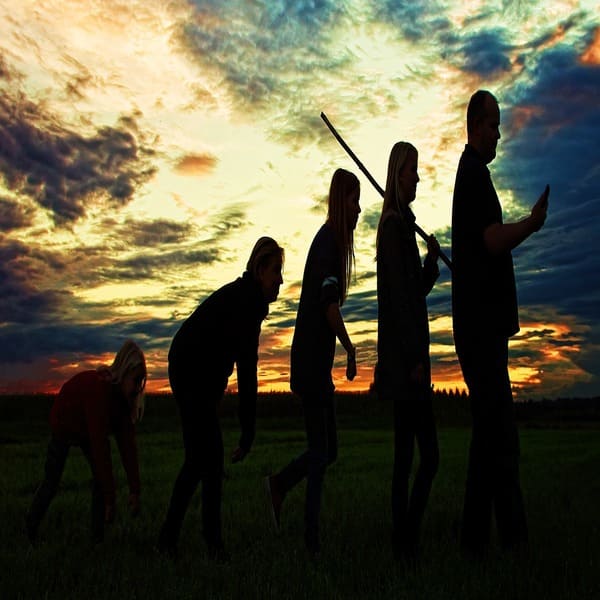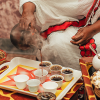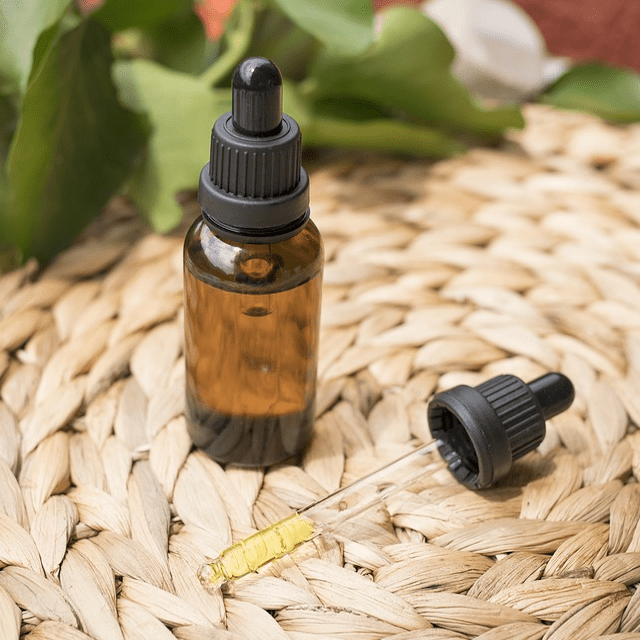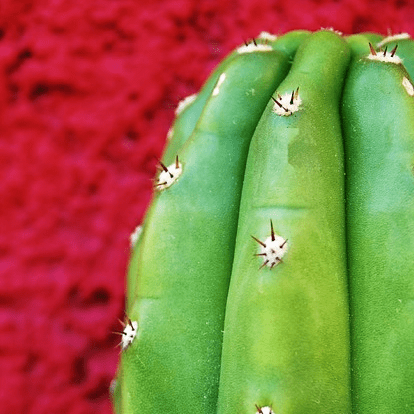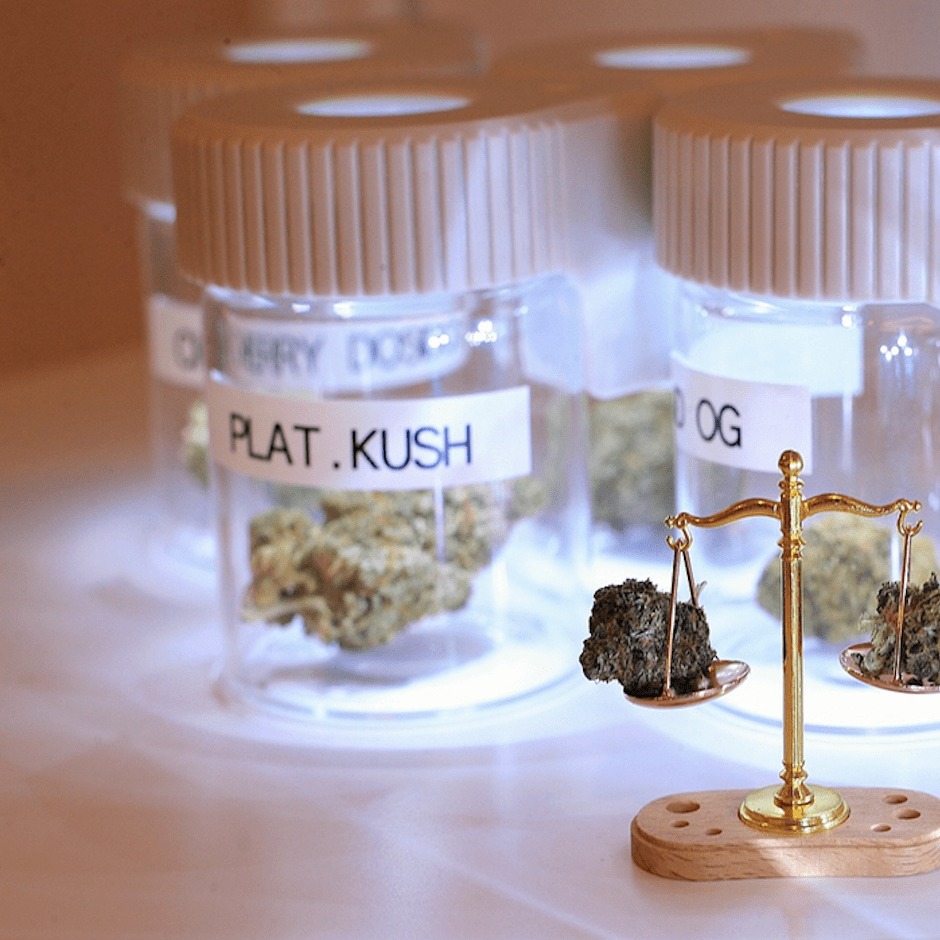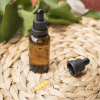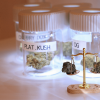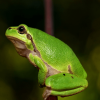Party drugs have undergone a huge evolution over the past decades. From simple stimulants to complex compounds with enhanced effects and risks, these drugs have drastically changed the way people party and have fun. Read on to find out more about the history of party drugs, their impact on society and what the future holds for these party drugs.
Table of Contents
The origins of party drugs
The use of drugs for recreational purposes is not a recent phenomenon. For centuries, people have used various substances to experience pleasure and stimulate their senses during social gatherings. From alcohol and tobacco to opium and hallucinogenic plants… there have always been substances associated with parties and going out.
The modern era of party drugs really began in the 1960s and 1970s, when psychedelics such as LSD and magic mushrooms became popular among young people looking for new ways to express themselves and expand their consciousness. These drugs brought new highs and colourful visual effects, making them perfect for party occasions.
Emergence of synthetic drugs
Over the years, the synthetic drug world began to flourish. MDMA, better known as ecstasy, first appeared on the market in the 1970s and quickly became a favourite among partygoers because of the energy boost and euphoric feelings it caused[1] . The evolution of this drug led to increasingly potent variants and new compounds such as MDAA.
Another important development was the rise of amphetamines, particularly methamphetamine or crystal meth. These powerful stimulants became popular in certain subcultures and are still present in the party scene, despite the devastating effects on the health and lives of individuals who have become addicted to them.
The modern party scene
In recent decades, the party scene has evolved and adapted to new technologies and trends. Rave parties, dance festivals and clubs can now be found all over the world, with electronic music often being the soundtrack at these events. In these environments, party pills play a big role in enhancing the experience of partygoers.
XTC pills remain popular, but there are also new substances. Drugs such as ketamine, GHB and 2C-B have emerged in recent years and found their way onto the party scene, each with their own unique effects and risks[2] . The arrival of so-called designer drugs such as 3MMC and 4-FMP have also generated a lot of controversy!
The future of party drugs
As for the future, the party scene is constantly evolving and new trends are already visible. With the rise of synthetic drugs such as research chemicals and designer drugs, it is unclear how the party scene will continue to evolve. These new compounds can have potentially dangerous effects, as their composition is often not well researched or regulated.
Although much research is still needed, some studies have shown that certain party drugs may have therapeutic potential. As mentioned earlier, research shows that MDMA could potentially be used in the treatment of PTSD[3] . LSD and magic mushrooms are also being investigated for their potential in treating depression, anxiety disorders and addictions.
Sources:
[1] https://thevogue.com/artists/xtc/
[2] https://www.betterhealth.vic.gov.au/health/healthyliving/GHB
